Returning to the ranks after more than 20 years as an administrator
Could I completely re-pivot back to where I started as an academic? It would be disingenuous to claim that I had no doubts, especially on the teaching side.
An old joke says that senior academic administrators never retire – they just lose their faculties. What does one do after 10 years as a university executive head? There are certainly opportunities in the private sector, and particularly on governing boards of corporations. There are also further leadership opportunities in academe – several Canadian university presidents have gone on to successful second acts at different schools, at lobbying bodies such as U15, or at major Canadian research bodies such as the Canada Foundation for Innovation. Others have been in demand south of the border, where Canadians seem to flourish (the reverse appears to be less true as many Americans who moved up here have found, to their and their institution’s misfortune).
In early 2018, my second five-year term as principal of Queen’s University was entering its home stretch. The principalship had been both lots of fun and very hard work, had taken me around the world several times, and allowed me to return to the very institution at which I had studied as an undergraduate in the 1970s and had a two-year postdoc in the mid-‘80s. However, after a decade of meetings, incessant travel, and life in the fastest of academic lanes (preceded by 12 years as a dean or associate dean at three previous institutions), it was time to do something else. I finished out my term with the prospect of two years of leave thereafter to figure out how to approach the last phase of my career.
By the time I walked out of the principal’s office for the last time in mid-June 2019, I knew pretty clearly both what I did and did not want to do. I very quickly declined a few opportunities to compete for another full-time university leadership job, and corporate boards simply didn’t interest me. I had planned two writing projects that were very quickly put on ice.
At a function during my last year as principal, I ran into a former executive head colleague a few years senior to me, a man for whom I have great respect as both a leader and a fellow humanist. He, too, had said farewell to the fast lane after a decade of presidential service, taken his period of leave, and was now back in the classroom and the library for a career final act, and seemingly enjoying it. A return to the ranks had always been my plan for whenever administrative life concluded – my own version, if you like, of Cincinnatus taking up his plough – so it was quite reassuring to have my colleague’s example as I prepared to join him in the vita contemplativa (you can look that reference up for yourself).
Fortunately, it would not be an entirely cold re-entry. I’d made efforts during the 22-year sojourn to do some teaching every now and then (a scheduling nightmare for a series of long-suffering administrative assistants and office managers), and I’d kept up a modest amount of research and writing. I’d even supervised a few graduate students along the way. But could I completely re-pivot back to where I started as an academic? It would be disingenuous to claim that I had no doubts, especially on the teaching side. I’ll come back to that.
The leave period was terrific, though no vacation. Despite my quickly abandoning the two projects I thought I would pursue, by early September 2019 I was busily plotting and designing at least three major research projects, one of them a book series. By the end of the leave, I was also serving on three non-profit boards of directors and one provincial agency. The COVID-19 pandemic had struck by then, and I counted my lucky stars that I had exited administration just ahead of it and had neither to lead nor to teach during the chaos of spring 2020.
When the first year of leave ended, all was well, and the return to research had gone quite seamlessly, with a couple of new articles in the hands of journals. But I also knew I had a bigger hill to climb: twelve months in the future, I would be back in my department, teaching a full load to students whose parents had been students when I was last a full-time professor. I had new courses to develop (including a lecture course in my original subfield, Tudor and Stuart England, which I’d not taught for two decades), and a couple of seminars.
To be clear, neither the work nor the students frightened me, nor the massive amount of reading it would take to build several new courses from scratch. But the technology did, a bit – not just the prospect of teaching online during a pandemic if COVID-19 weren’t done by September 2021, but ALL the tech: learning platforms, PowerPoint, etc., for most of which I had had the luxury of people to assist me with as an administrator. It became obvious fairly quickly that my files of overhead transparencies, so lovingly curated in the 1980s and ‘90s, were going to do me no good whatsoever.
Luckily, help was at hand. My excellent department chair had a number of conversations with me about what I’d like to teach, and what courses would do the department the most good. (Full disclosure: my salary is covered by central university funds till retirement, at which point I will not be replaced, so I won’t be a financial burden, or at least not to my department.) Several other colleagues, including successive graduate and undergraduate chairs, provided advice on issues such as reading loads and suitable length of writing assignments at different levels. The latter, I soon discovered, were considerably lower than the 15- to 25-page papers I was used to assigning in the ‘90s, but that’s as much a function of changing pedagogy in the teaching of writing as it is of a decline in student writing skills (though that too has definitely occurred).
Most helpful of all were staff at the departmental and university level, especially with the dreaded IT. I cannot count the number of times during the year just ended that they answered questions patiently and quickly, especially where our specific course administration platforms (one for teaching, one for filing grades, another for course creation, etc.) were concerned, about what bits of boiler-plate had to go into a syllabus, etc. If the first year went well at all, it was largely thanks to them, and to our undergraduate chair, who also provided sound advice on dealing with one or two potentially thorny student issues.
So, what about the teaching itself? On the whole, it went reasonably well for the first time out, even with the pivoting to and away from online instruction enforced by COVID. As principal, I’d taken an interest in pedagogical change, and knew I shouldn’t bind myself to teaching exactly as I’d done it in the 1980s and ‘90s. But theoretical knowledge of how to teach and actually doing the teaching are two different things, and after one year it’s clear that I still have some catching up to do.
That said, being in the sunset of one’s career affords a certain freedom to take risks. I tried to be a bit more experimental with my courses than in my early academic life, and to build some more “fun” elements into my teaching. Whereas 25 years ago I would have conducted a full three-hour seminar in a straight Socratic format (and put up with the frequent silences before I answered my own question), I felt freer to experiment with combinations of lecture, discussion, and group work. Splitting the second of two 80-minute classes per week in my mid-sized winter lecture course into tutorial groups (with the luxury of three TAs) seems to have worked well, despite the switch from online to in-person halfway through the course. A simulation exercise in my fall term combined seminar for master’s students and senior undergraduates proved very popular, and attendance in that class was consistently high.
The toughest course was a two-term, second-year “core seminar” on historiography (rarely an easy or popular topic with students) in which there was a very wide distribution of ability between the strongest students and those who struggled with material, writing, speaking in a group, or even simply getting up for an 8:30 a.m. class on Monday. There will certainly be things I will change in all these courses (the student evaluations were by and large both kind and very helpful in this regard) and, as it happens, I have been assigned more or less the same slate for the coming year.
Some things did catch me off guard. I was unprepared for the degree to which “accommodations” and “considerations” now had to be provided for a very wide range of student circumstances, and the fact that these were overseen by offices outside my department. As principal, I had been fully supportive of student mental health issues (and remain so), but it struck me on occasion that latitude for relatively trivial reasons had now gone a little too far in the opposite direction. Absenteeism was an issue in two of the three courses I taught, even in classes with compulsory class participation marks. I’m also struck by the degree to which students prefer to communicate by email, or Zoom, rather than actually visit you in your office (though I really enjoyed chatting with the ones who did) – perhaps they have been conditioned into this by the 2020-21 experience of being more or less fully online.
As suggested above, average writing ability really does seem to me to have deteriorated sharply in the 20 years I was doing other things. A comment on one of the evaluations for my second-year course complained about the amount of attention I paid to writing as opposed to “ideas.” Well, sorry, not sorry. Next year’s iteration of this class will have even more of this, though I’ll be even clearer in the syllabus why it’s important. As interesting to me as your thoughts on Gibbon’s or Thucydides’ contribution to historical writing are (and they are), your future employers will be far more interested in your ability to organize, express and defend an argument in plain English.
All things considered, the return to professorial life went quite well, and I’m looking forward to seeing what the next academic year will bring; ideally, we will be back in a full in-person setting and teaching without masks, if the pandemic co-operates. It’s been wonderful to be part of an academic department once more, to have a critical mass of students, and to be fully immersed in several research projects. In short, it’s been a great reminder of why I wanted to become an academic in the first place. Perhaps you can go home again.
Daniel Woolf served as the 20th principal and vice-chancellor of Queen’s University from 2009-2019. He is now a professor of history and principal emeritus at Queen’s.
Featured Jobs
- Canada Excellence Research Chair in Forest Biodiversity Conservation (Full Professor)University of New Brunswick
- Canada Excellence Research Chair in Energy TransitionsUniversité du Québec à Trois-Rivières (UQTR)
- Canadian Politics - Assistant ProfessorUniversity of Toronto
- Education - Assistant Professor (Distance Education)University of Toronto
- Psychology - Assistant Professor (Clinical Psychology)Queen's University





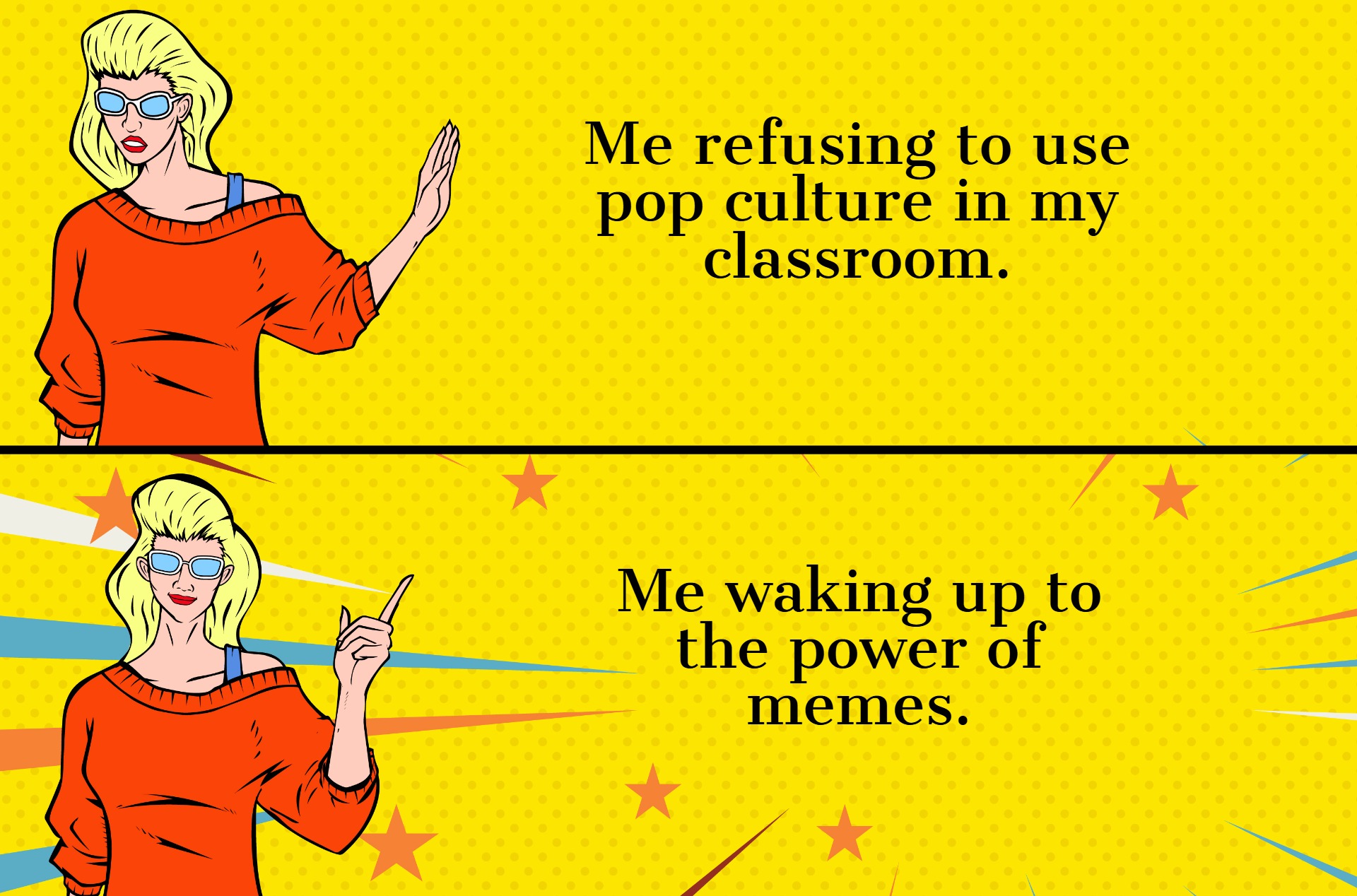

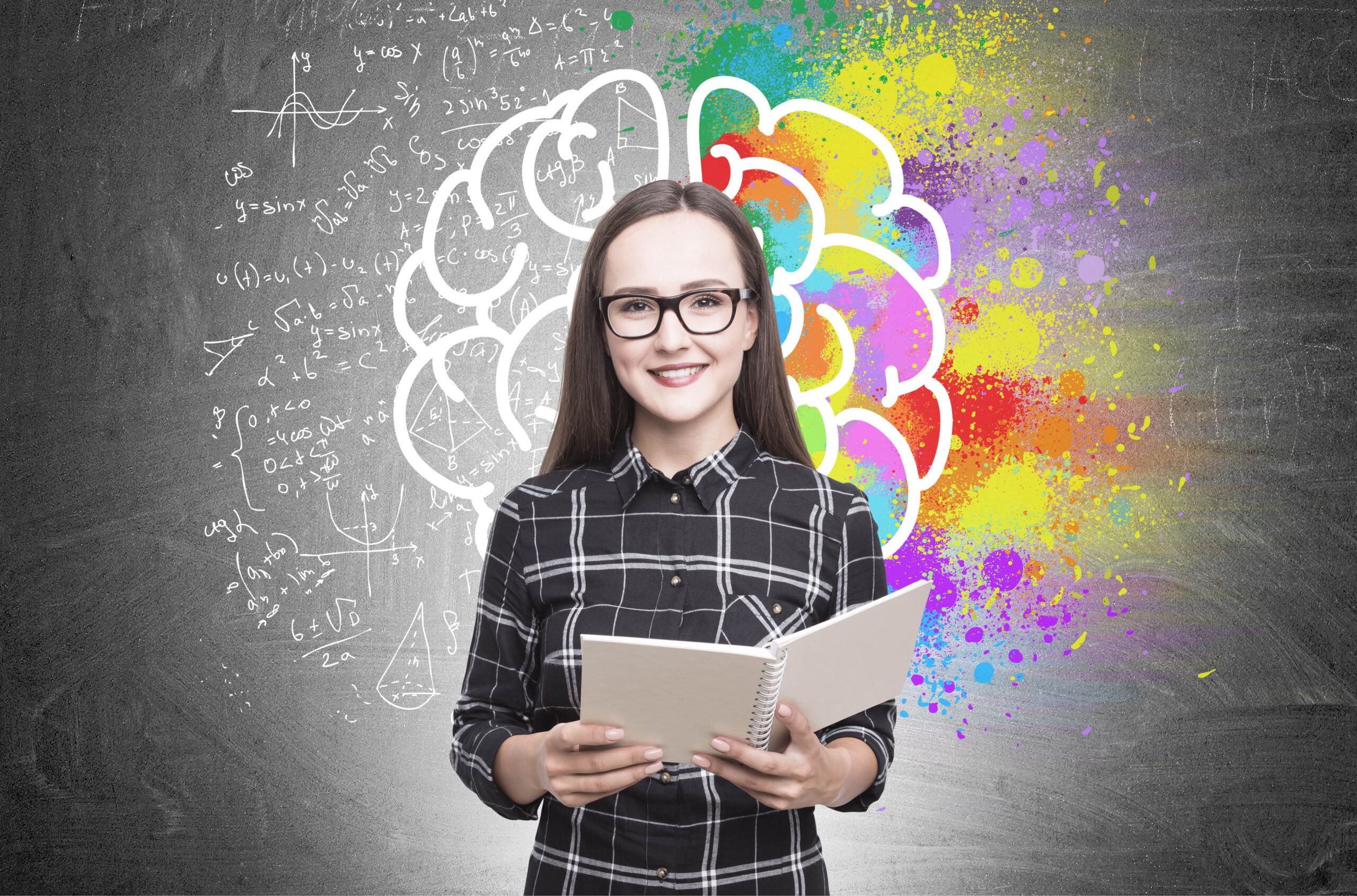

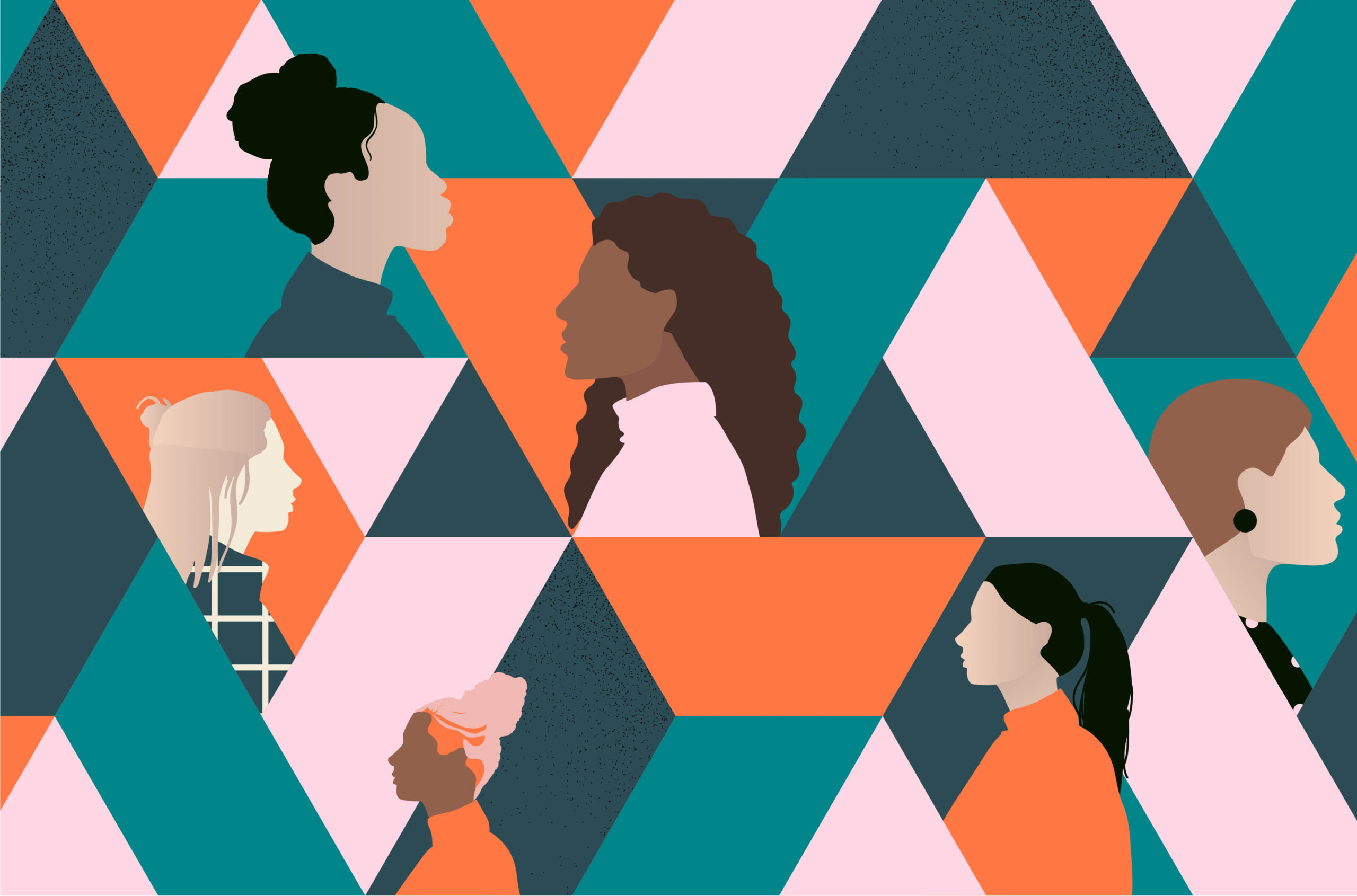


Post a comment
University Affairs moderates all comments according to the following guidelines. If approved, comments generally appear within one business day. We may republish particularly insightful remarks in our print edition or elsewhere.